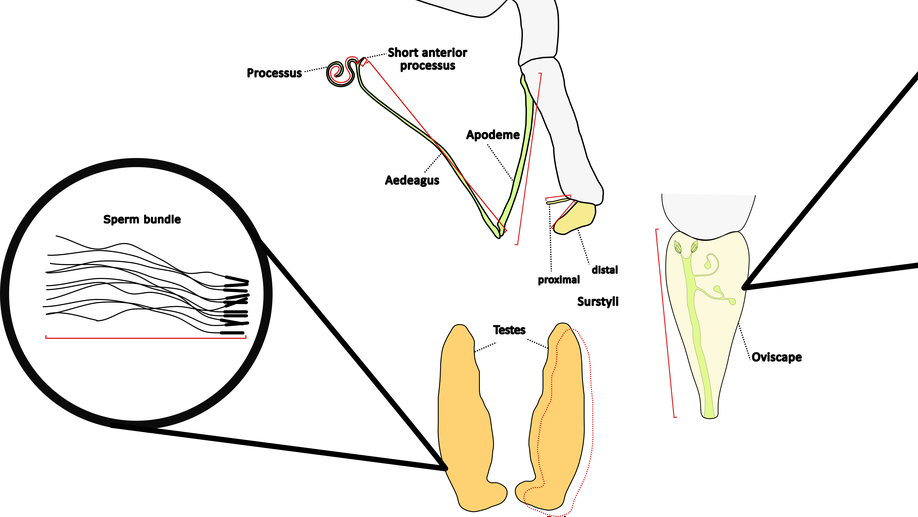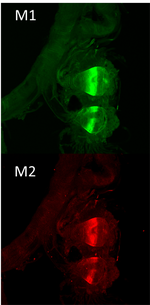Biography
I am an evolutionary biologist broadly interested in reproduction and sexual selection, condition-dependence, and animal behaviour. At the moment I am particularly interested in non-genetic effects and their potential to influence the trajectory of evolution. I am also very keen to study some of the potential mechanisms that may confer these effects through male ejaculate or specialised female secretory cells and have a number of ideas I am currently developing in this area. I am very open to discussion and collaboration so please reach out if you are interested in my work or feel my expertise could be useful.
My career in a nutshell:
I completed my MSc under the supervision of Professor Gregory Holwell and Dr Chrissie Painting the University of Auckland, New Zealand. I investigated the courtship and aggressive behaviours, and allometry of an unstudied species of fly, Scordalus femoratus (Helosciomyzidae), along with the community ecology of native carrion flies in the Waitakere ranges. I have a keen interest in insects (particularly flies) but am willing to work with anything if the organism suits the question!
My PhD within the Evolution and Ecology Research Centre at the University of New South Wales (2020) was under the supervision of Professor Russell Bonduriansky & Dr Angela Crean. For my thesis in the Bonduriansky lab I used the neriid fly Telostylinus angusticollis to empirically investigate a number of environmental effects on reproductive allocation.
After a couple of short postdoctoral roles I leveraged my scientific skills to work within industry for a small tech start-up, Scimita Ventures, where I mainly worked with bed bugs (Cimex lectularius) and the development of IoT devices, as well as a number of other weird and wonderful projects (January 2021-February 2023).
I have very recently had the opportunity to re-enter academia attaining a Postdoctoral fellowship working with my PhD supervisor, Russell Bonduriansky. In this role, I am working on a number of projects but mainly following up on some of my PhD work looking at multi-generational maternal effects. To briefly summarise my current work:
- Potential for negative maternal effects on lifespan & mortality, reproductive ageing and other life-history traits to accumulate over multiple generations (Folsomia candida).
- Examining the possible reversal or rescue of negative maternal effects in a clonal springtail (Folsomia candida).
- Chemical ecology of asexual and sexual Megacrania batesii.
- Sexual selection in Telostylinus angusticollis.
After my foray into the tech world I have also resumed a number of collaborative works including a study examining the effects of artifical selection on phenotypic integration in the bulb mite (Rhizoglyphus echinopus) with Dr Bruno Buzatto, and several works with Professor John Hunt on natural and sexual selection using Gryllodes sigillatus, Telogryllus commodus, and Nauphoeta cinerea.
I also love to be involved with our scientific community having served as a reviewing editor for the Journal of Evolutionary Biology. I am currently also serving as a council member for the Royal Zoological Society of New South Wales where I organise their science outreach talks every month, Wildlife talks at the Watering Hole.
Interests
- Animal behaviour
- Non-genetic inheritance
- Ageing
- Chemical signalling
- Condition-dependence
- Insect genitalia
- Phenotypic integration
- Sexual selection and sexual conflict
- Alternative reproductive tactics
Education
-
PhD in Evolutionary Ecology, 2020
University of New South Wales
-
MSc in Evolutionary Ecology, 2014
University of Auckland
-
BSc in Biological Sciences, 2012
University of Auckland













